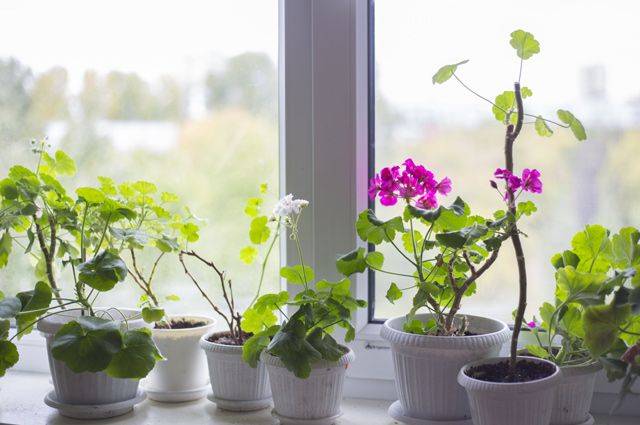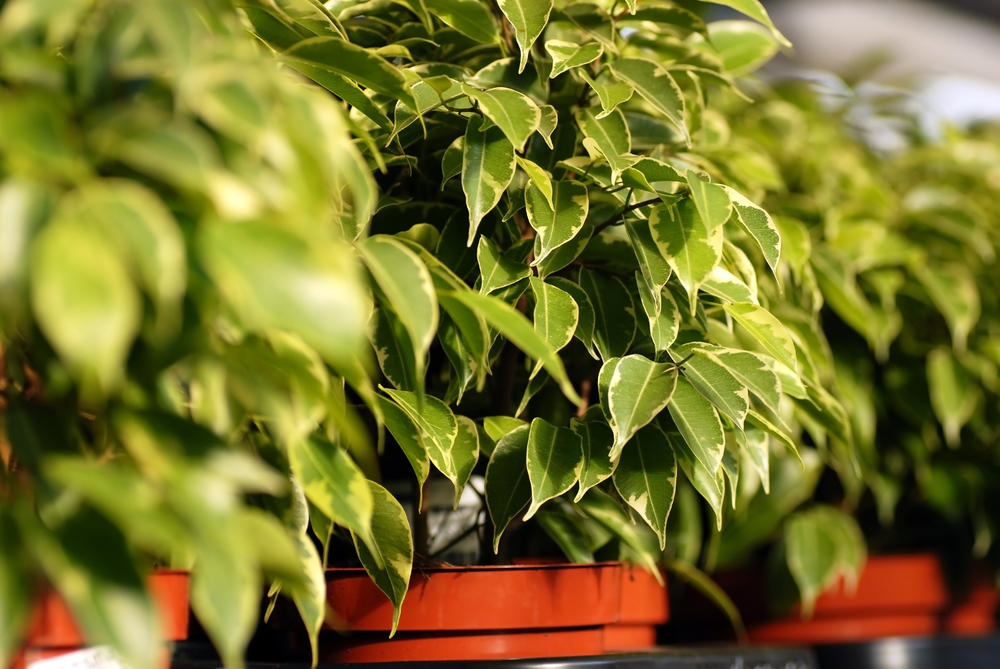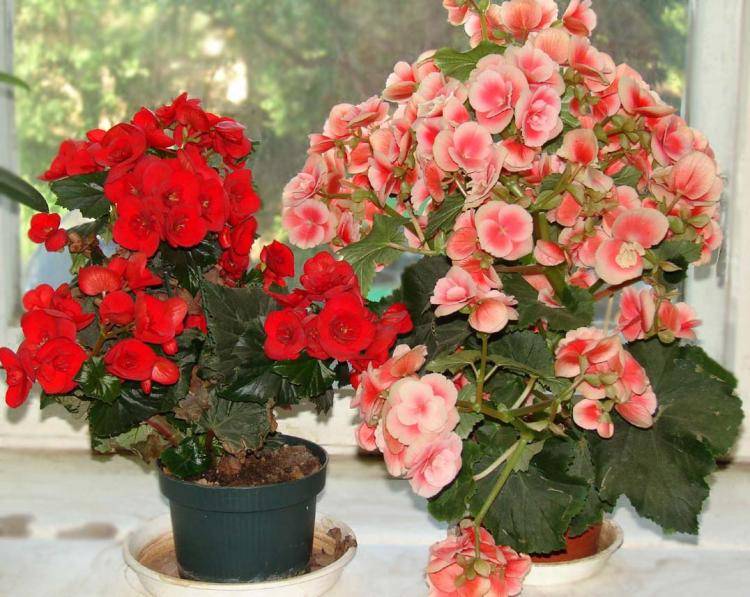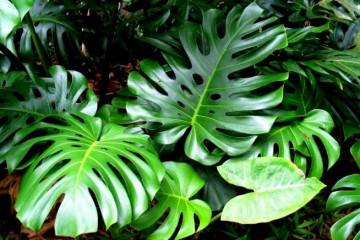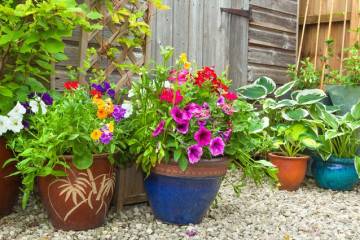Indoor plants that purify the air in the apartment
Content:
Deciduous plants are known to produce oxygen by absorbing carbon dioxide. Some plants do little to cope with this task, while others, on the contrary, are very effective in this matter. NASA even recommends growing begonia, chlorophytum, bamboo palm in space stations to purify the air.
Indoor plants that purify the air in the apartment
In any room, the air constantly contains harmful substances that have a negative effect on the general health of a person. They can become sources of various diseases, especially those associated with the lungs. Airborne viruses can cause infectious pneumonia.
Harmful compounds can be released from household appliances, plastic and rubber products, from building materials, paints, and can enter the room through the window in the form of exhaust gases. Therefore, it is recommended to have at least one pot of deciduous plants in every room. Non-flowering deciduous plants are easier to grow and care for, so they provide more benefits than problems.
Chlorophytum
If the question arises about purchasing a flower to improve the atmosphere of the room, then it is worth, first of all, to pay attention to chlorophymtum. The plant has many types and varieties, is distinguished by its decorative and unpretentious care. The beautiful leaves of chlorophytum can vary in color. A small flower will have enough space in any apartment.
The main thing in caring for chlorophytum is not to allow the soil to dry out, stay in the sun for a long time and moisture stagnation in the pot.
Ficus Benjamin
Ficus Benjamin - sometimes called "natural filter". It is known that a pot with this plant, placed in the bedroom, relieves headaches, asthma, colds and other diseases. The hardy shrub copes with its task, even when growing conditions deteriorate.
Spathiphyllum
Spathiphyllum is a large-leaved but compact plant, a very good air purifier. It is able to completely eliminate chemicals from the air literally in a day, as well as saturate it with oxygen. The plant itself is demanding for watering, which must be carried out regularly and with the correct irrigation water.
Sansevieria, or "mother-in-law's language"
Sansevieria is familiar to everyone by a simpler name - "mother-in-law's language". It is a very hardy flower, resistant to diseases and adverse conditions. Sansevieria's long, xiphoid, dark green leaf plates are capable of handling the task of cleaning, even with neglected maintenance.
But for a more noticeable effect, do not forget about the rules of growing for "mother-in-law". Since the bush loves the sun, it is better to grow it on the southern sides of the house and regularly spray the ground part of the plant.
Bamboo palm, aka hamedorea
Outwardly, it looks like a small palm tree, reaching no more than two meters in height. The plant is able not only to clean the air, but also to release moisture. This useful ability makes chamedorea especially valuable. Indeed, on especially dry days and with artificial heating in winter, the home air becomes dry.
In order for the effect of the bamboo palm to be the most beneficial and long-lasting, it is necessary to provide the tree with proper care. The plant loves moisture and loose soil, so any stagnation of moisture and its lack can negatively affect the health of the chamedorea.
Indoor flowers that purify the air
Since the lack of clean air is becoming an increasingly urgent problem, housewives began to grow indoor flowers on window sills not only for the purpose of landscaping and decorativeness of the room, but also in order to create a healthier climate in the living space.
Botanical scientists claim that some indoor plants have the ability to clean the air in the room from various impurities by 89%. Therefore, it is better to inexpensively purchase indoor flowers that purify the air in an apartment in specialized stores than to spend savings on expensive filters.
Indoor Geranium (Pelargonium)
Geranium has long been famous for its ability to remove harmful pathogenic microbes from the room. In addition, its structure contains essential oils that help fight infections and strengthen the immune system. Pelargonium has the property of calming, having a beneficial effect on the human nervous system.
Gerbera
It is believed that gerbera is grown only for beauty, and does not have any particularly pronounced beneficial properties. This statement is absolutely wrong. Gerbera is capable of not only improving sleep, but even absorbing benzene from the air. It grows poorly on northern windowsills, especially in winter, as it is a light-loving flower.
Begonia
Begonia is a beautiful flowering plant that adorns any room. The flower blooms luxuriantly and profusely, flowers similar to small roses. Begonia effectively absorbs compounds after cleaning your home with chemical cleaners.
In addition, begonia moisturizes the air well, attracting dust with its leaves. Therefore, it is necessary to constantly look after its foliage: spray and wipe the leaf plates.
We create a favorable atmosphere in the room
Plants not only clean the room of harmful air compounds, but also prevent the appearance of fungal infections and mold. The vegetation contains phytoncides, which have the ability to kill dangerous viruses and pathogenic bacteria. Flowers are especially effective as purifiers during the flowering period. It was during this period that they actively begin to release phytoncides.
However, not all plants are suitable for growing as air purification. Therefore, it is necessary to have certain information before purchasing indoor green residents.
How the cleansing properties of plants were discovered
The cleansing properties of plants have always been discussed, but this hypothesis was officially and scientifically confirmed only in 1989 by NASA researchers.
Table of hazardous substances and plants that neutralize them
The air of an apartment usually contains five main compounds of harmful and harmful substances. Which compound a particular plant removes can be seen in the following table:
| Harmful substance and where is it contained in the room | The plant that absorbs this substance |
| Formaldehyde. It is released from fiberboard, chipboard, carpets, furniture upholstery, tobacco smoke, household gas and plastic products. | Gerbera, chlorophytum, sansevieria, geranium, Benjamin ficus, bamboo palm. |
| Trichlorethylene. It is released from chlorinated water, furniture and carpet cleaners, paint, varnish, printer cartridge. | Begonia, azalea, sansevieria, spathiphyllum. |
| Benzene. It is released from tobacco smoke, household chemicals, rubber, plastics, paints and varnishes. | Gerbera, aglaonema, Benjamin ficus, bamboo palm. |
| Ammonia. It is released from household appliances, tobacco smoke and household chemicals. | Begonia, geranium, Benjamin's ficus. |
| Xylene. It is released from plastic products, varnishes, paints, adhesives, exhaust fumes, tobacco smoke and leather products. | Lily Flamingo, azalea, spathiphyllum. |
In addition to the harmful compounds listed above, the air contains: toluene, xylene, carbon, etc.
How many plants do you need to purify the air in a room
NASA scientists argue that to clean the air in an apartment, you need to have a small plant for every 5 square meters of the room. These calculations were made according to the results of the experiments carried out with indoor plants.
In addition to purification, indoor plants disinfect the air from fungal infections and mold. It is enough to put a flower pot at each window in the room to feel an improvement in well-being and relief of breathing.
